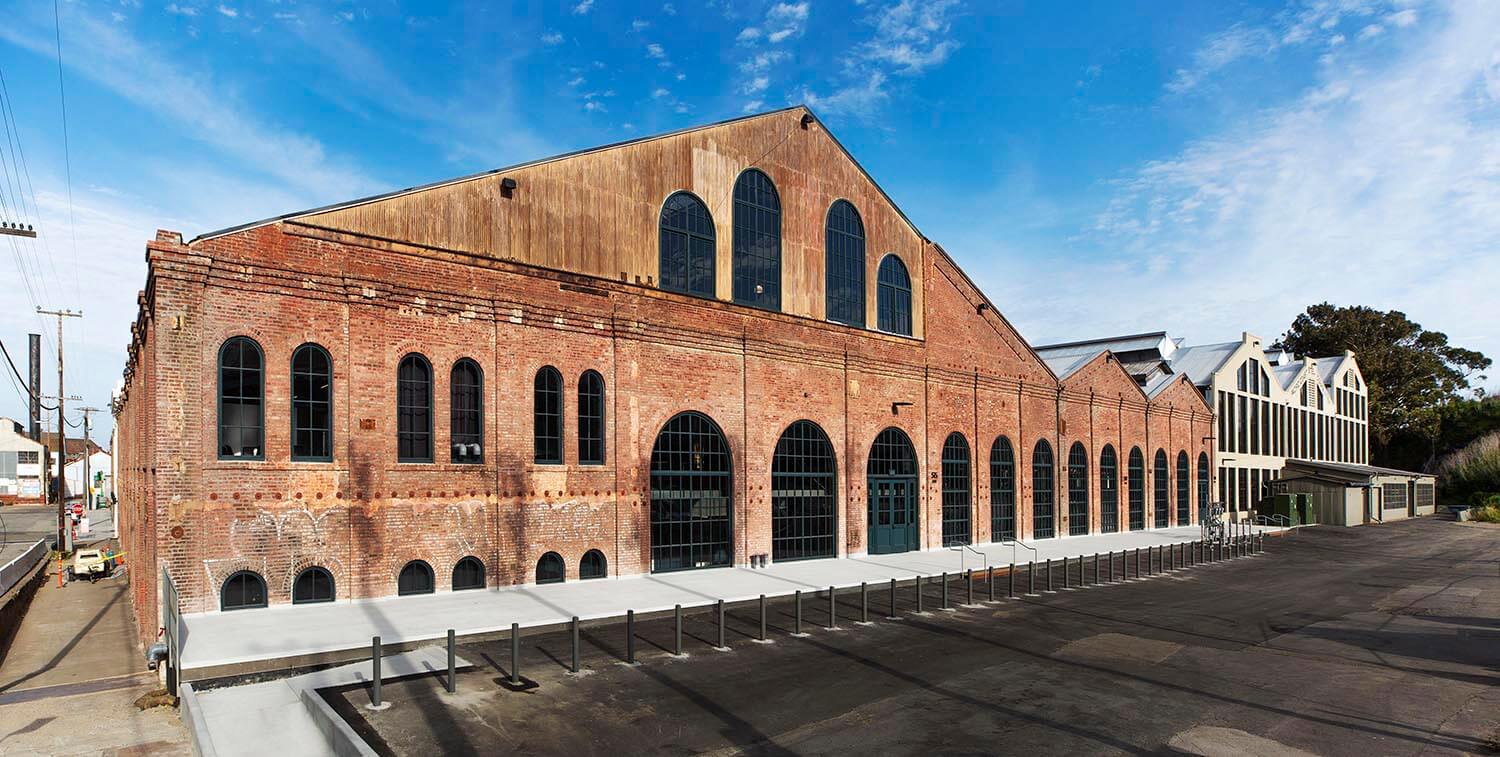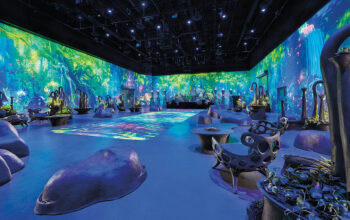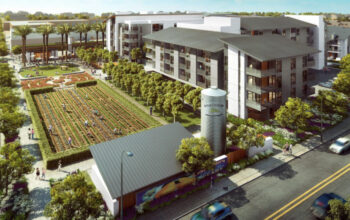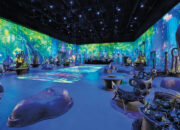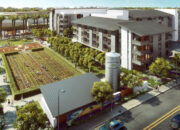The urge to connect with the past is a fundamental human trait. We seek out remnants of previous eras – ancient ruins, grand monuments, everyday dwellings – to understand our history, our culture, and our place in the continuum of time. This innate desire fuels historic preservation, a field dedicated to the identification, protection, and stewardship of places and artifacts that hold historical, cultural, or architectural significance.
However, the very concept of what constitutes “historic,” along with the methods employed to preserve it, is far from static. In a rapidly changing world, facing unprecedented challenges from urbanization to climate change, historic preservation is a dynamic and evolving discipline, constantly adapting its philosophies, methodologies, and technologies to remain relevant and effective in safeguarding our shared cultural heritage.
The Historical Trajectory of Historic Preservation
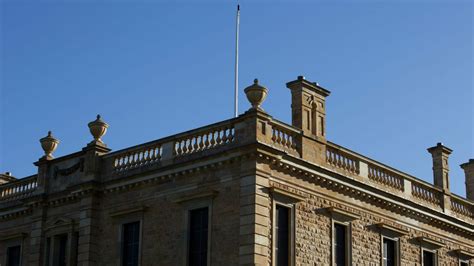
The way we understand and approach historic preservation today is the result of a long and fascinating evolution, shaped by changing societal values and historical contexts.
Early Motivations (Antiquarianism and Sentimentality)
The earliest forms of what we might recognize as historic preservation were often driven by antiquarianism – a scholarly interest in ancient objects and sites – and a sentimental attachment to places with personal or national significance.
- Focus on Iconic Structures and Individual Landmarks: Initial efforts tended to concentrate on grand monuments, religious buildings, and sites associated with significant historical figures or events. The focus was often on their aesthetic or symbolic value rather than a broader understanding of their cultural context.
- Driven by National Identity and Romanticizing the Past: In the 18th and 19th centuries, as nations began to define themselves, the preservation of ancient ruins and historically significant structures became intertwined with the construction of national narratives and the romanticization of a perceived glorious past.
- Examples: The meticulous documentation of Roman and Greek antiquities, the early efforts to protect sites like Stonehenge, and the preservation of battlefields and national shrines exemplify these early motivations.
The Rise of Formal Preservation Movements (Late 19th and Early 20th Centuries)
The rapid industrialization and urbanization of the late 19th and early 20th centuries led to an increased awareness of the loss of historic fabric in cities, sparking more organized and formal preservation movements.
- Increased Awareness of Urban Change and Loss of Historic Fabric: As cities expanded and new buildings replaced old, a growing concern arose about the disappearance of historically significant architecture and urban landscapes. This sense of loss spurred advocacy for their protection.
- Development of Preservation Laws and Organizations: This period saw the establishment of the first preservation laws and the formation of dedicated organizations aimed at identifying and protecting historic resources. These legal frameworks provided a basis for official recognition and protection.
- Focus on Architectural Significance and Historical Events: While sentimental value remained, a greater emphasis was placed on the architectural merit and historical associations of buildings. Surveys were conducted to identify structures deemed worthy of preservation based on these criteria.
- Examples: The establishment of national park systems in many countries, the creation of landmark designation processes in urban centers, and the formation of national trusts and historical societies mark this era.
Broadening Scope (Mid to Late 20th Century)
The latter half of the 20th century witnessed a significant broadening of the scope of historic preservation, moving beyond individual landmarks and grand narratives to encompass a more inclusive understanding of cultural heritage.
- Recognition of Social and Cultural Significance Beyond Architectural Merit: Preservationists began to recognize that historical significance wasn’t solely tied to architectural style or famous events. The social, cultural, and communal values associated with places became increasingly important.
- Emphasis on Vernacular Architecture, Industrial Heritage, and Cultural Landscapes: Everyday buildings, industrial sites, and landscapes that reflected the lives and work of ordinary people gained recognition as valuable parts of our heritage. This shift acknowledged the importance of a more diverse range of historic resources.
- Community-Led Preservation Efforts: Grassroots movements and local initiatives played a growing role in identifying and protecting places that held significance for their communities, often challenging top-down preservation decisions.
- Examples: The preservation of historic neighborhoods based on their social and cultural history, the adaptive reuse of industrial complexes, and the protection of rural landscapes and traditional agricultural practices illustrate this broadening scope.
Key Shifts and Modern Approaches in Historic Preservation
Contemporary historic preservation is characterized by several key shifts in thinking and the adoption of new approaches and technologies.
Adaptive Reuse
One of the most significant evolutions in historic preservation is the embrace of adaptive reuse – finding new and viable uses for historic buildings rather than simply preserving them as static relics.
- Moving Beyond Static Preservation: Adaptive reuse acknowledges that many historic buildings can no longer function in their original capacity. By creatively repurposing them, these structures can be brought back to life and contribute to the economic and social fabric of their communities.
- Benefits: It offers a sustainable approach by utilizing the embodied energy of existing buildings, revitalizes urban areas by attracting new businesses and residents, and fosters community engagement by creating vibrant and unique spaces.
- Challenges: Balancing the needs of a new use with the preservation of the building’s historic integrity can be complex. Careful planning and design are required to ensure that alterations are sympathetic to the original character.
- Examples: The transformation of abandoned factories into loft apartments or arts centers, the conversion of historic train stations into museums or retail spaces, and the repurposing of old schools into community facilities are all examples of successful adaptive reuse.
Sustainability and Preservation
The intersection of historic preservation and sustainability has become increasingly important, recognizing the inherent environmental value of retaining and reusing existing buildings.
- Recognizing the Embodied Energy in Existing Buildings: Demolishing a building releases the significant energy and resources that were used in its construction (embodied energy). Preserving and reusing existing structures avoids this loss and reduces the need for new materials and their associated environmental impacts.
- Retrofitting for Energy Efficiency: While respecting the historic character of a building, modern preservation emphasizes retrofitting for energy efficiency through measures like improving insulation, upgrading windows, and installing efficient heating and cooling systems. This reduces the building’s carbon footprint and lowers operating costs.
- Using Sustainable Materials and Practices in Conservation: When repairs or alterations are necessary, preservationists increasingly prioritize the use of sustainable and locally sourced materials and environmentally responsible construction practices.
- The “Greenest Building is the One Already Built” Concept: This widely recognized principle underscores the environmental benefits of preserving and reusing existing buildings compared to constructing new ones, even if the new buildings are designed to be highly energy efficient.
Digital Preservation Technologies
The advent of digital technologies has revolutionized how historic resources are documented, studied, and made accessible.
- 3D Scanning, Photogrammetry, Virtual Reality for Documentation and Access: These technologies allow for the creation of highly accurate digital representations of historic buildings and sites. 3D scans and photogrammetry capture precise geometric data, while virtual reality can offer immersive experiences of spaces that may no longer exist or are inaccessible.
- Digital Archives and Online Resources for Broader Engagement: Digital archives provide a platform for storing and sharing historical documents, photographs, oral histories, and other materials, making them accessible to researchers and the public worldwide. Online resources and virtual tours can reach a broader audience and enhance understanding and appreciation of heritage.
- Using Technology for Monitoring and Conservation: Sensors and other technologies can be used to monitor the condition of historic structures, detecting changes in temperature, humidity, or structural integrity, aiding in proactive conservation efforts.
- Impact on Accessibility and Interpretation: Digital preservation makes heritage more accessible to individuals who may not be able to visit sites in person and allows for new and engaging ways of interpreting history and cultural significance.
Contemporary Challenges Facing Historic Preservation
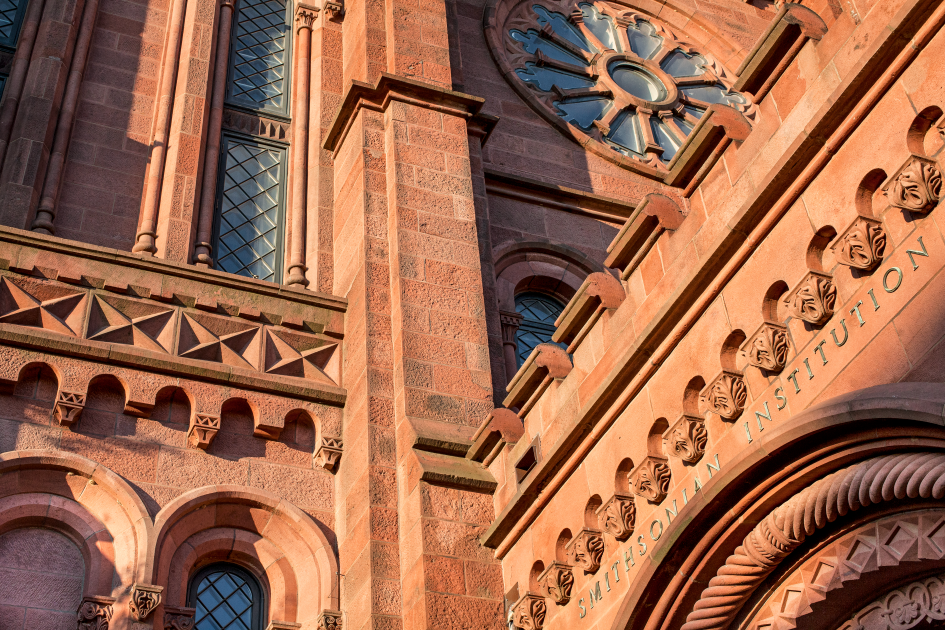
Despite the progress and evolution of the field, historic preservation continues to face significant challenges in the 21st century.
Climate Change Impacts
The accelerating effects of climate change pose a direct threat to historic resources worldwide.
- Increased Risk of Damage from Extreme Weather Events: Rising sea levels, more intense storms, increased flooding, and more frequent wildfires can cause significant damage to historic buildings and sites, many of which were not designed to withstand such extreme conditions.
- Adapting Historic Structures to Withstand Climate Change: Preservationists are exploring ways to adapt historic buildings to be more resilient to climate impacts, such as improving drainage, elevating structures, and using climate-appropriate materials, while respecting their historic character.
- Balancing Preservation with Necessary Upgrades for Resilience: Decisions about how to modify historic buildings for climate resilience often involve complex trade-offs with preservation principles.
Urban Development Pressures
Rapid urbanization and the pressure for new development continue to pose a significant threat to historic resources, particularly in growing cities.
- Conflicts Between Preservation and New Construction: The desire for modern, high-density development can often clash with the preservation of older buildings, leading to difficult decisions about demolition and redevelopment.
- Economic Incentives for Demolition and Redevelopment: Economic factors often favor new construction over the rehabilitation of historic buildings, requiring policy interventions and incentives to level the playing field.
- The Challenge of Integrating Historic Fabric into Modern Urban Environments: Finding ways to seamlessly integrate historic buildings and districts into contemporary urban environments while respecting their heritage value is an ongoing challenge for urban planners and preservationists.
Funding and Resources
Securing adequate funding and resources remains a constant challenge for historic preservation efforts at all levels.
- Securing Financial Support for Preservation Projects: Preservation projects often require significant investment for research, planning, conservation work, and ongoing maintenance. Securing funding from public and private sources can be highly competitive.
- Balancing Public and Private Sector Involvement: Determining the appropriate roles and responsibilities of government agencies, non-profit organizations, and private property owners in funding and managing historic resources is an ongoing debate.
- Innovative Funding Mechanisms and Economic Incentives: Exploring innovative funding mechanisms, such as heritage tourism initiatives, tax credits for preservation, and revolving loan funds, is crucial for sustainable preservation efforts.
Maintaining Relevance and Public Support
Ensuring that historic preservation remains relevant and continues to garner public support in a rapidly changing society is essential for its long-term success.
- Engaging Younger Generations in Preservation: Connecting with younger generations through education, digital media, and participatory initiatives is vital for fostering a future appreciation for historic preservation.
- Demonstrating the Contemporary Value of Historic Places: Highlighting the economic, social, cultural, and environmental benefits of historic preservation is key to demonstrating its relevance in the modern world.
- Using Storytelling and Interpretation to Connect with Broader Audiences: Engaging storytelling, innovative interpretation methods, and inclusive narratives can make history more accessible and meaningful to diverse audiences.
The Future of Historic Preservation
Looking ahead, the field of historic preservation is likely to continue its evolution in response to emerging challenges and opportunities.
- Increased Integration with Urban Planning and Sustainability Goals: Preservation will be increasingly recognized as a key component of sustainable urban development, contributing to vibrant, walkable, and culturally rich cities.
- Greater Emphasis on Inclusive and Participatory Approaches: Community engagement and the preservation of diverse cultural narratives will become even more central to the field.
- Leveraging Technology for Documentation, Analysis, and Engagement: Digital tools will continue to transform how we understand, document, and interact with historic resources.
- Developing New Ethical Frameworks for a Changing World: The principles guiding preservation practice will need to adapt to the realities of climate change and evolving understandings of authenticity.
- Recognizing the Interconnectedness of Tangible and Intangible Heritage: Future preservation efforts will increasingly seek to safeguard both the physical and non-physical aspects of cultural heritage in an integrated way.
- Building a More Resilient and Culturally Rich Future through Preservation: Ultimately, the future of historic preservation lies in its ability to contribute to a more resilient, equitable, and culturally vibrant future for all.
Conclusion
Historic preservation is far from a static endeavor. It is a dynamic and vital field that continually adapts its approaches and philosophies to meet the challenges of a changing world. From its early focus on iconic monuments to its current embrace of sustainability, community engagement, and digital technologies, the evolution of historic preservation reflects a deepening understanding of the value and complexity of our shared cultural heritage. By continuing to evolve, embracing innovation, and fostering inclusive practices, historic preservation will remain essential for understanding our past, informing our present, and shaping a more resilient and culturally rich future for generations to come.

